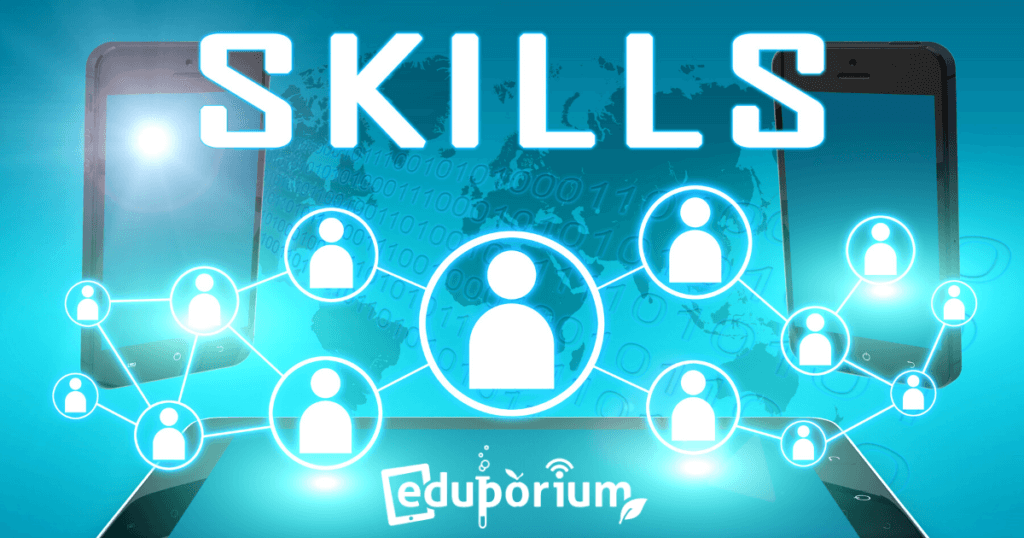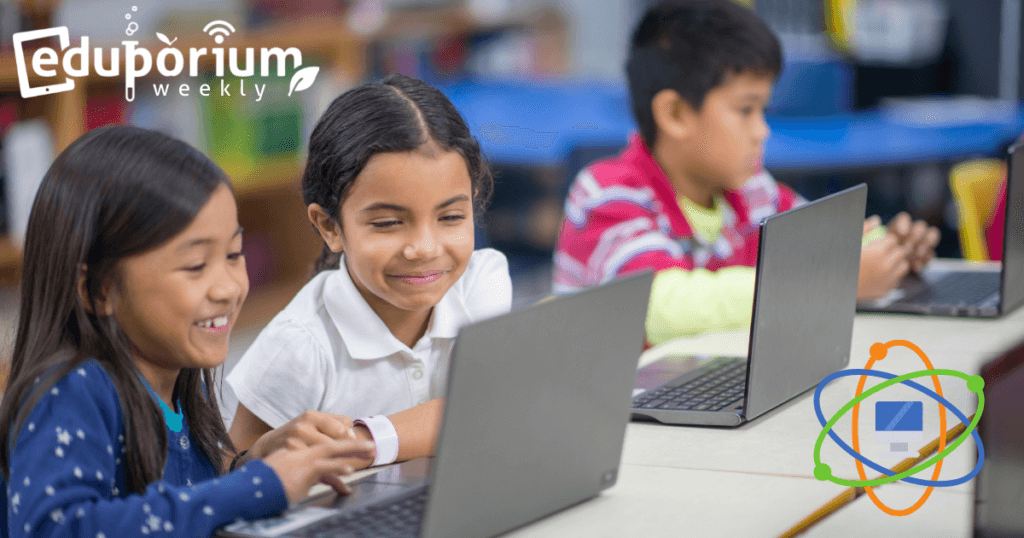We aim to deliver helpful tips and news for bettering education—because it’s still vital even during the summer! Taking the top spot this week is how everyone can help weave STEM education into modern education.
Everyone Can Play a Role in STEM Education
With the obvious shift to jobs centering on STEM-rich areas, schools are gearing up to educate their students on science, technology, engineering and math in earlier grades and in more rigorous ways than in the past. The presence of and necessity for STEM skills in the 21st century is showing to be truer than ever and the responsibility of preparing children for future careers has fallen squarely on the shoulders of their teachers. Working cooperatively with students, however, teachers can ensure they're getting the education and technical training they need to succeed.
People argue that “STEM skills,” like creativity, collaboration, and communication, are actually life skills even outside STEM fields. Understanding technology and its applications will be essential to future success. In education today, teachers are encouraged to expose students to STEM as much as possible to help develop their skills. Setting aside class time to introduce kids to practices like computer programming could be the difference in their future as early exposure to commonly needed skills tends to give them a leg up in their careers.
Some states have made it mandatory for schools to integrate STEM education into the curriculum as research has shown that more adept STEM skills often lead to higher-wage jobs. For teachers who aren't required but still want to enrich student experiences, they can include a STEM focus in lessons. One of the best ways to achieve this is through collaboration. Jobs require teamwork all the time and building collaboration skills is something teachers can do in any subject they're teaching. It’s this kind of start that’s needed to bring about full integration of STEM-based classes for eager students.
EdTech Cheat Sheet for Teachers
Teachers generally do not react well to cheat sheets being used in class, but a recently publicized cheat sheet designed for teachers’ EdTech use has led to many of them being grateful it’s come. Integrating technology into classrooms isn’t just a new experience for students, but oftentimes, it’s the teachers who are learning about the products, their functions and uses at the same time. Any teacher looking to make tech a regular part of lessons should be familiar with a few of these terms. And, we're sure you’ve probably already heard a few in conversation with colleagues.
Ever heard a fellow teacher voice their opinion on 1:1 (“one-to-one”)? This means that every student receives an individual laptop or tablet device for in-class use—one device to one student. This helps make learning more personal and can extend lessons far beyond the classroom. Or what about blended learning? This occurs when student learning is split between learning at school and them engaging with online content at home. This has become especially popular among teachers with an endless amount of ways to go about introducing it.
To really get the attention of students, tell them they can do all their homework in class. There is one small catch, however. Flipping the classroom can be effective at driving home learning in the modern world but does involve untraditional methods. This is when students learn lessons at home with videos, for example, and spend class time completing assignments with teachers. It’s popular because students can engage in unique lessons at home and they get their work done in school. It’s a great way to fully engage them and keep their attention with unique material. Give one of them a try!

The Education Supplement: Hackathons
With all that teachers must cover and only seven hours to do so, some activities naturally slip through the cracks. Minimizing subjects like English and Art or even physical education would likely not sit well with traditional educators, but modern teachers know the importance of students learning hands-on STEM skills during the school year. Enter hackathons: afterschool, supplementary and fun events where kids can work together to solve real problems and participate in a fun extracurricular activity without taking away from class time spent on core subjects.
The long hours spent working collectively on a project build both perseverance and collaboration skills in students—skills they undoubtedly will need in the near future. The goal of hackathons is simple: work together to create a new and innovative tech solution while under time constraints. By nature, students will learn the importance of and how to execute collaborative working, flexibility and focus. Once they finish, they’ll have new skill sets, the satisfaction of creatively solving a pressing problem and the sense of accomplishment when presenting their finished results to their peers.
Every student who takes part will no doubt notice real benefits. The best part? Hackathons are easily accessible for all students and teachers—even those with no prior making expertise or knowledge. Jumping into a hackathon is sure to boost inspiration in students and leave teachers with some new project ideas as well. With all the tools available and the multitude of places to find them, there’s no reason not to participate soon!
Innovative Classrooms WITHOUT Computers?
Can you imagine a future classroom without a single computer? What’s more, can you picture referring to this learning space as ‘innovative?’ That might just be on the horizon in the very near future of education, according to a July report. As education leaders continue to innovate to offer the best possible and most useful education experience for students, computers—once thought of as a necessity in a modern classroom—could likely be replaced in a number of schools by a number of even more innovative teaching methods.
Computers, obviously, enable access to the Internet and completing class assignments throughout the first part of the 21st century and even a little bit before then. With new devices, like tablets and other gadgets, now available, however, computers could simply wind up being unnecessary in classrooms. Portability and simplicity are key factors for those accessing the Internet in school and traditional desktops do not offer that combination.
Sure, there will be concerns, especially initially, when it comes to scrapping computers from classrooms. Ease of use, the learning curve and technology costs are sure to make even the most tech-savvy educators hesitant. Fortunately for them, however, there are plenty of simplistic EdTech products available at discounted prices! Start preparing for the computer-less future now!

‘Rigor’ is Becoming a Popular Term in Education
School is like anything else you do—the harder you work and push yourself, the better the results will be. This kind of rigorous approach—traditionally taken by athletes—has been a very much talked about learning method in recent months. Can adding a dash of rigor into classroom instruction to motivate students really lead to better academic results? It would seem to make sense that the harder teachers push them, the better they’ll do.
Teachers adding a little extra enthusiasm to their lessons results, oftentimes, in creating an environment in which each student then becomes expected to learn at high levels. With constructive support, and sometimes criticism from their teachers, rigor in the classroom often translates to success in the classroom. What’s one way for teachers to get more rigorous? Technology integration is a perfect place to start.
There are a few ways—beyond increased student excitement and engagement—that technology can increase student success. For starters, tech promotes deeper thinking rather than tasks that only have surface meaning. This, in turn, raises expectations of students, hopefully leading to stronger classroom performance. To take it further, teachers should encourage students to demonstrate their knowledge of concepts right there in class so kids can witness the viable applications of the concept first hand and prove they have retained the material. It may sound intense in theory, but if you try getting a little tougher in the classroom, there is the real potential for students to achieve real greatness.



